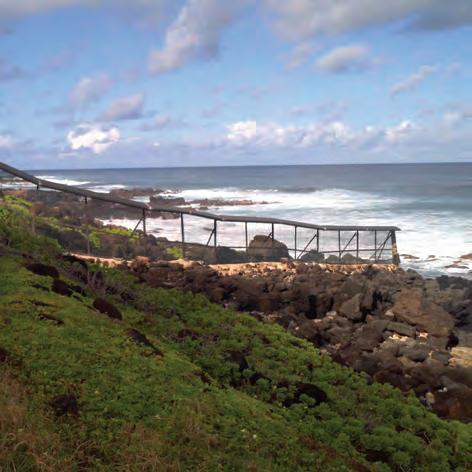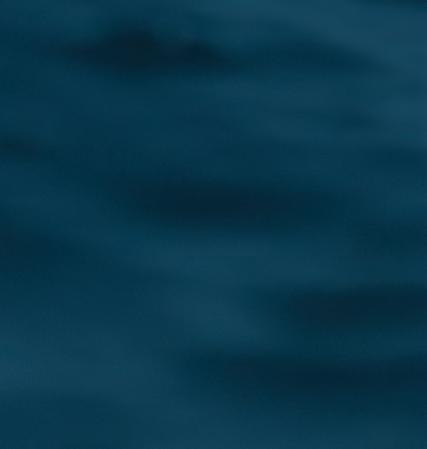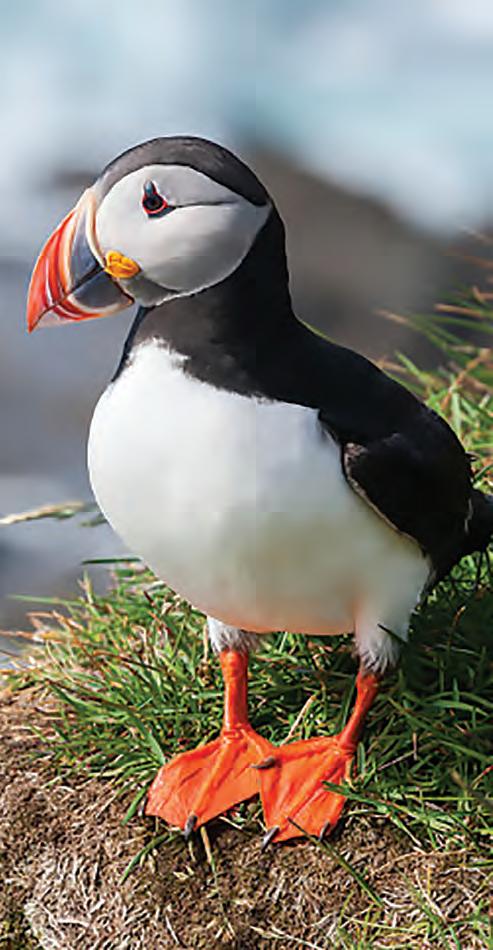
1 minute read
Case study: Tawharanui Open Sanctuary, New Zealand


Advertisement

Conservation Story
Established in 2000 by the Auckland Regional Council, this 558-ha park became New Zealand’s first open sanctuary, combining family recreation, conservation and farming. It is a coastal landscape where wetlands and forests are regenerating, treasured species like kiwi, brown teal, bellbird, whitehead and robin thrive, sheep and cattle graze and visitors are welcome to enjoy the outdoors.

The sanctuary became pest-free following the completion of a 2.5km fence and an extensive pest eradication program in 2004. Feral cats, possums, rats, weasels, stoats and ferrets were removed from the park, and ongoing measures are aimed at the eradication of mice, rabbits and hedgehogs, whilst dogs are not allowed in the park.
Other conservation projects involve works such as forest and wetland restoration, revegetation programs, re-introduction of threatened species, monitoring animals, and ongoing control of invasive plants and pests.

Wildlife benefits
Since the fence was installed, fourteen species of birds have returned to breed or been reintroduced to the sanctuary, including kiwi, swamp hen, brown teal, kākāriki parakeets, robins, kākā parrots, whiteheads, saddlebacks and red-crowned parakeets. Just one year after the fence was installed, bellbirds recolonised Tāwharanui in such great numbers that have begun spreading beyond the sanctuary.
Seabirds have begun returning too, with a growing population of grey-faced petrels, first recorded breeding in 2009, and diving petrels in 2012. Other species, such as fluttering shearwaters and Cook’s petrels, have started prospecting the area for breeding.













Aside from birds, endangered reptiles have also benefited from the protection of the fence. Three species of geckos: green, forest and Duvaucel’s geckos, have safely returned to the park with the help of translocation projects.
Community benefits






The sanctuary welcomes over 160,00 visitors per year, who visit the beaches, coastal cliffs, wetlands, heritage sites, marine reserve and extensive areas of rich pasture. It is a popular spot for birdwatching, hiking, swimming, surfing, kayaking and visiting farm animals.
A community-based organisation was formed in 2002 to work in partnership with local authorities to deliver programs for education, volunteers and advocacy. Their work includes managing a nursery for revegetation projects, reintroduction of species and art exhibitions amongst others.









